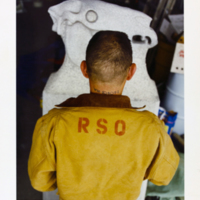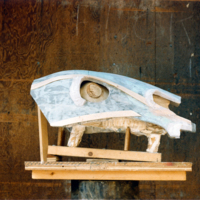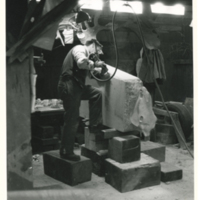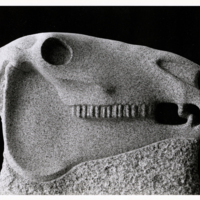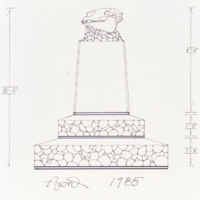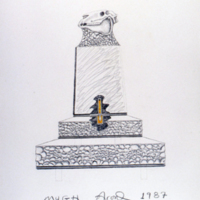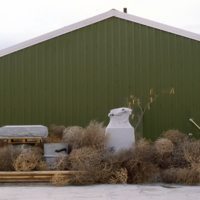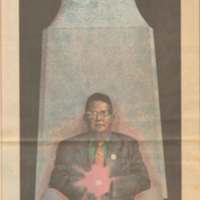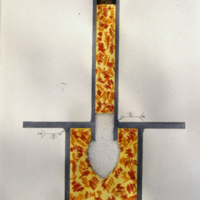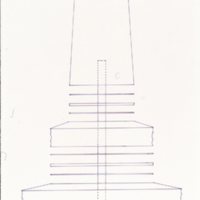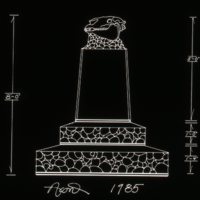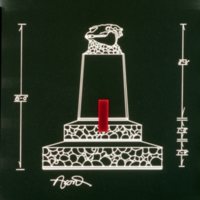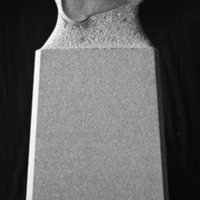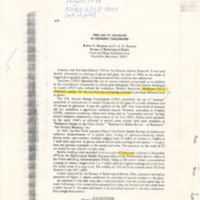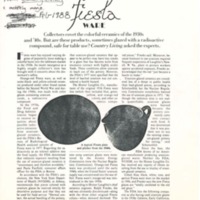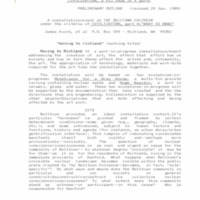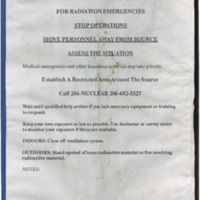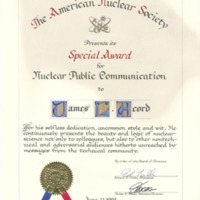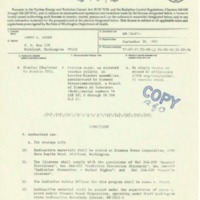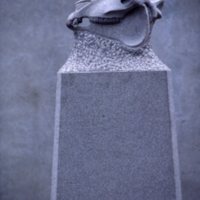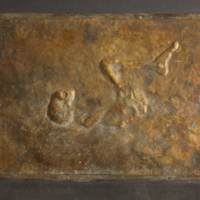Browse Items (4772 total)
Interview with Artemo Benitez Solano
Hood for Monstrance for a Grey Horse
The artist at work on Monstrance for a Grey Horse
Monstrance for a Grey Horse, close-up
Monstrance for a Grey Horse, sketch (technical)
Tags: atomic art& drawing& Hanford& James Acord& Manhattan Project& nuclear art& Richland& sculpture& sketch
Monstrance for a Grey Horse, sketch
Tags: Art& atomic art& drawing& Hanford& James Acord& Manhattan Project& nuclear& nuclear art& Richland& sculpture& sketch
Monstrance for a Grey Horse - Stored Outside
Tags: Art& atomic art& drawing& Hanford& James Acord& Manhattan Project& nuclear& nuclear art& Richland& sculpture& sketch
Atomic Art
Tags: Art& atomic art& drawing& Hanford& James Acord& Manhattan Project& nuclear& nuclear art& Richland& sculpture& sketch
Uranium Core insert for Monstrance for a Grey Horse
Tags: Art& atomic art& drawing& Hanford& James Acord& Manhattan Project& nuclear& nuclear art& Richland& sculpture& sketch
Monstrance for a Grey Horse, sketch
Tags: Art& atomic art& drawing& Hanford& James Acord& Manhattan Project& nuclear& nuclear art& Richland& sculpture& sketch
Monstrance for a Grey Horse, technical drawing
Tags: Art& atomic art& drawing& Hanford& James Acord& Manhattan Project& nuclear& nuclear art& Richland& sculpture& sketch
Monstrance for a Grey Horse, technical drawing
Tags: Art& atomic art& drawing& Hanford& James Acord& Manhattan Project& nuclear& nuclear art& Richland& sculpture& sketch
Leaching of Uranium from Glass and Ceramic Foodware and Decorative Items
What You Should Know About Fiesta Ware
CIVILIZATION, a 911 show in 4 parts
Key to the installation were two sculptures then in progress:…
Radioactive Material License WN-I0407-1
Monstrance for a Grey Horse
Tags: Art& atomic art& blueprint& drawing& granite& Hanford& Jim Acord& Manhattan Project& newspaper clippings& nuclear& nuclear art& Richland& sculpture& sketch& Stone
Bronze Fossil Man
Interview with Lucy Aragon and Sharlett Mena
B Reactor Museum Association (BRMA) Records Collection
Dade Moeller Collection
The size of…

